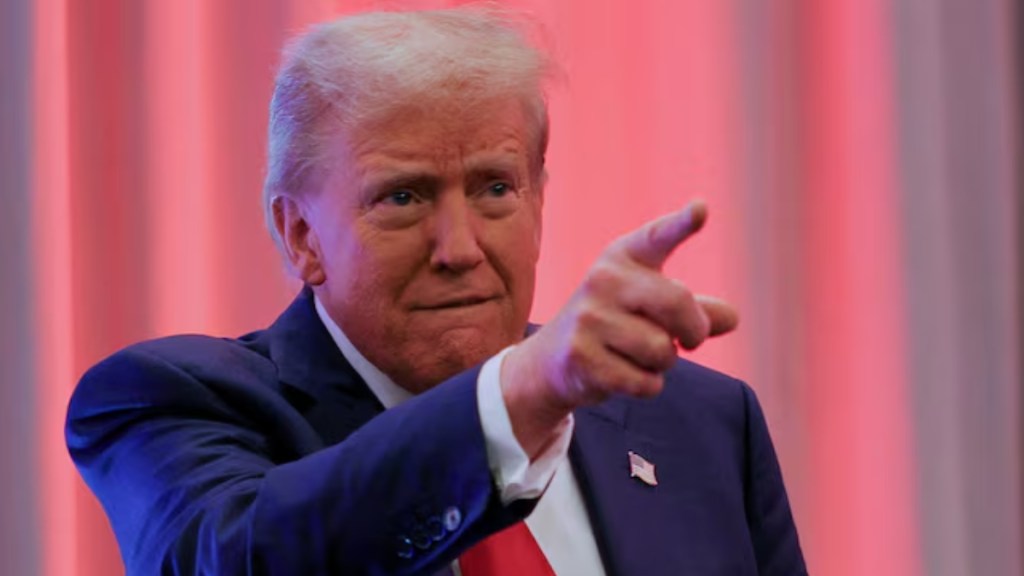What the automobile industry has been dreading, is finally official. U.S. President Donald Trump has announced the imposition of 25% tariffs on all foreign-made automobiles from April 2, 2025. After providing this sector with a month’s reprieve, Trump has stated that the automotive industry would “flourish like never before” under his policies. However, analysts have warned the policy’s $100 billion revenue windfall will not footed by foreign governments rather the expenses will be passed on to the car buyers. The Trump administration has not yet revealed the finer details of the new tariffs.
Decoding auto tariffs
An official White House stated — “President Donald J. Trump signed a proclamation invoking Section 232 of the Trade Expansion Act of 1962 to impose a 25% tariff on imports of automobiles and certain automobile parts, addressing a critical threat to U.S. national security. This means that imported passenger vehicles and automotive components like engines, transmissions, powertrain parts, and electrical systems will get pricier, and more parts could be affected down the line, potentially raising costs for automakers and consumers even further.
The new tariffs aim to bolster the U.S. manufacturing sector, but this could lead to a disruption in the North American ecosystem. According to data, the U.S. imports over 3.5 million vehicles from Canada and Mexico, which translates into a hike in the prices of vehicles. According to analysts from Cox Automotive, with the new auto tariffs, a car imported from Canada or Mexico might cost an extra $6,000. Affordable models like the Toyota Tacoma and Ram pickups, which are built across the border, could become much pricier, making them a costly option for middle-class buyers and potentially out of reach for many.
Under the new tariff policy, vehicles compliant with USMCA trade agreement terms will only face duties on their foreign components. Speaking to a U.S. official, The Financial Times explained that “a vehicle imported from Mexico containing 50% U.S. parts and 50% foreign parts would be subject to a 12.5% tariff (50% of the 25% rate).” While parts entering the U.S. under USMCA provisions will initially be exempt from tariffs, they will eventually face 25% duties on their non-U.S. content.
Get ready for less sales, more disruption
The U.S., Canada, and Mexico share a tightly connected auto industry, with automotive components crossing borders multiple times during production. However, new tariffs could disrupt this system. Analysts from S&P Global and Cox Automotive predict a 20,000-vehicle drop in production—about 30% of North America’s total output.
The price hikes and supply chain delays could also hurt the economy, potentially leading to a recession. S&P Global Mobility warns that production might fall by a third within weeks, putting 550,000 U.S. auto parts jobs at risk. If demand shrinks, the U.S. could lose $64.2 billion in parts exports to Canada and Mexico, forcing layoffs across the industry.
